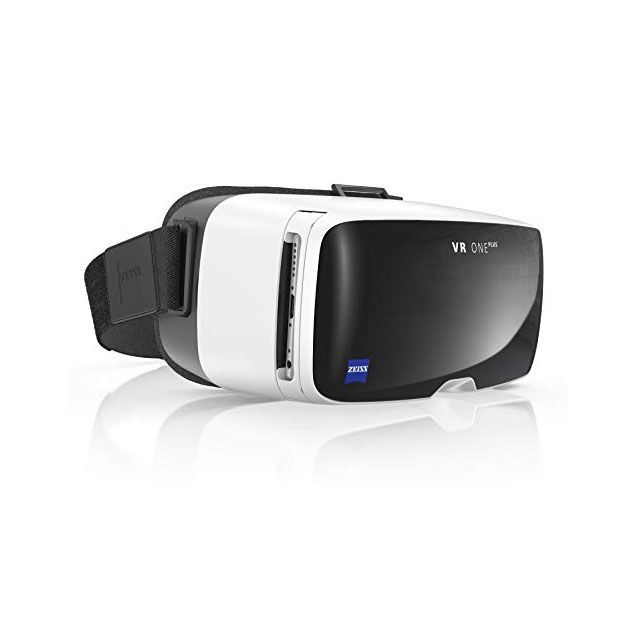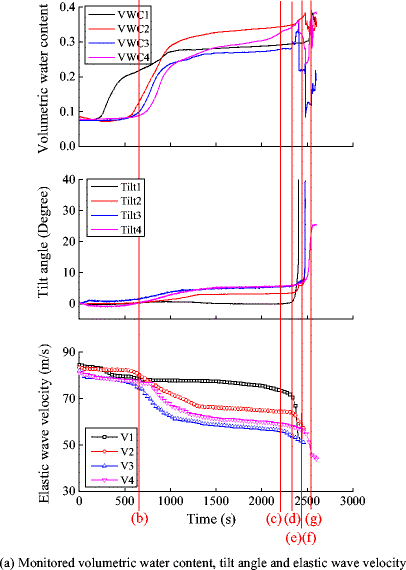

The product was originally created by ASDG of Madison, Wisconsin, which renamed itself Elastic Reality Inc, in 1994, following the success of its product. The application supported 8-bit and 16-bit images, and image sequences. The application also featured basic color correction and image compositing tools, as well as the ability to keyframe the motion of bézier shapes in groups and onto motion paths, and could be used for motion graphics effects not typically associated with morphing. Other warping tools have typically offered a simpler warping and morphing based on animating points on a grid, which can require significantly more work from the artist to animate distortion of organic shapes such as human faces. Elastic Reality made its name with the ease of use of its tool, and the quality of the resulting warps. If the warp is used to blend two images together, the effect is called morphing.
ELASTIC REALITY 3.0. SOFTWARE
The software then automatically generates an animated distortion of the image, commonly called a warp. Normal metals, ceramics and most crystals show linear elasticity and a smaller elastic range.The workflow of the application is based around drawing source and destination curves or shapes onto an image using bézier curve tools. However, elasticity is nonlinear in these materials. Elastomers and shape memory metals such as Nitinol exhibit large elastic deformation ranges, as does rubber. typical engineering strains greater than 1%, thus other more complex definitions of strain are required, such as stretch, logarithmic strain, Green strain, and Almansi strain. elastomers and polymers, subjected to large deformations, the engineering definition of strain is not applicable, e.g. Engineering strain is modeled by infinitesimal strain theory, also called small strain theory, small deformation theory, small displacement theory, or small displacement-gradient theory where strains and rotations are both small.įor some materials, e.g. The study of temporary or elastic deformation in the case of engineering strain is applied to materials used in mechanical and structural engineering, such as concrete and steel, which are subjected to very small deformations. The concept of a rigid body can be applied if the deformation is negligible.įurther information: Elasticity (physics) Internal forces (in this case at right angles to the deformation) resist the applied load. As a result, the material is forced out laterally.
ELASTIC REALITY 3.0. CRACK
The sides bulge because the material, although strong enough to not crack or otherwise fail, is not strong enough to support the load without change. In the figure it can be seen that the compressive loading (indicated by the arrow) has caused deformation in the cylinder so that the original shape (dashed lines) has changed (deformed) into one with bulging sides.

When there is a significant change in size, the true stress and true strain can be derived from the instantaneous size of the object. The determination of the stress and strain throughout a solid object is given by the field of strength of materials and for a structure by structural analysis.Įngineering stress and engineering strain are approximations to the internal state that may be determined from the external forces and deformations of an object, provided that there is no significant change in size. Above the yield point, some degree of permanent distortion remains after unloading and is termed plastic deformation. The linear relationship for a material is known as Young's modulus. The relationship between stress and strain is generally linear and reversible up until the yield point and the deformation is elastic. Strains are related to the forces acting on the cube, which are known as stress, by a stress-strain curve.

Strain is the relative internal change in shape of an infinitesimally small cube of material and can be expressed as a non-dimensional change in length or angle of distortion of the cube. Deflection is the relative change in external displacements on an object. Displacements are the absolute change in position of a point on the object. In engineering, deformation refers to the change in size or shape of an object. Compressive stress results in deformation which shortens the object but also expands it outwards.


 0 kommentar(er)
0 kommentar(er)
